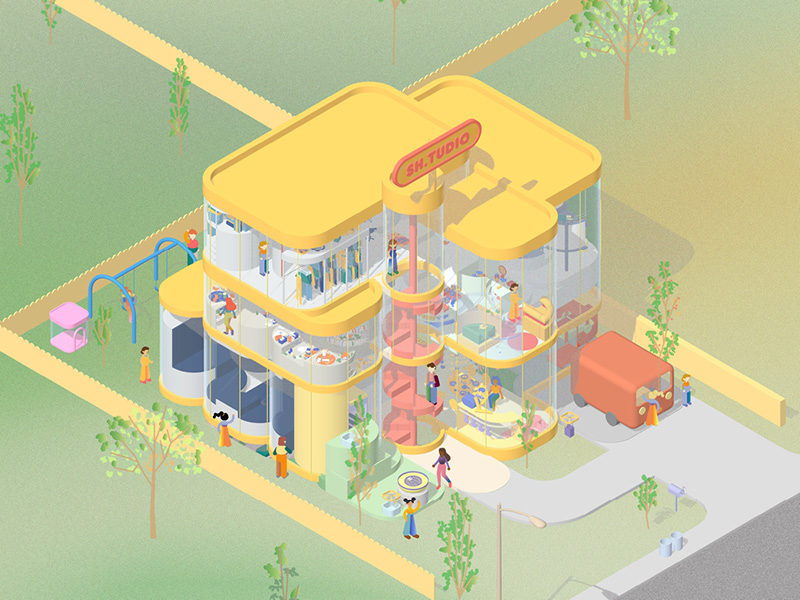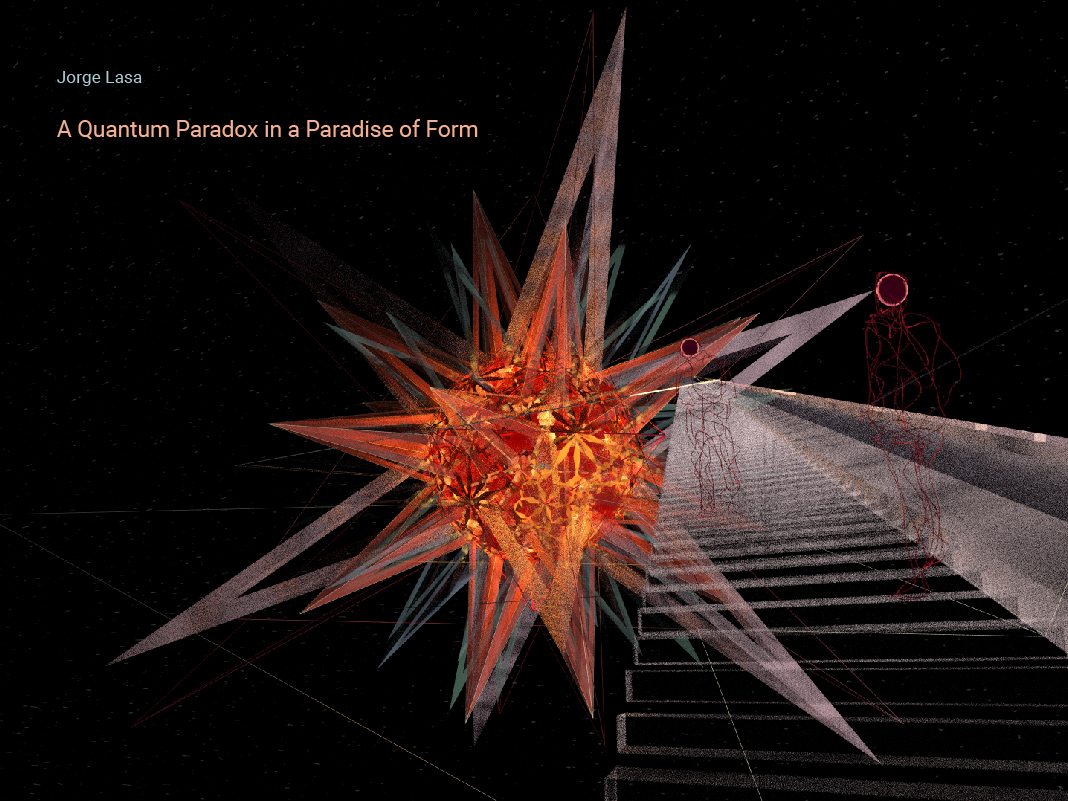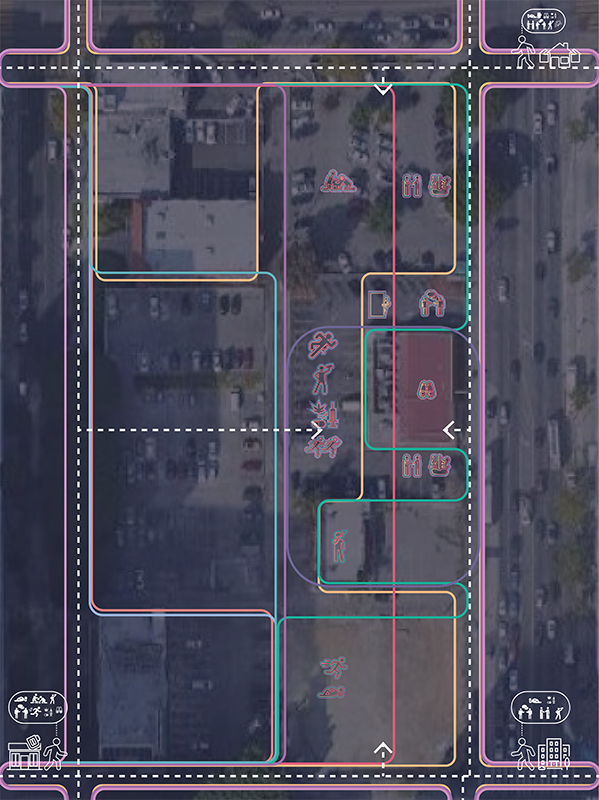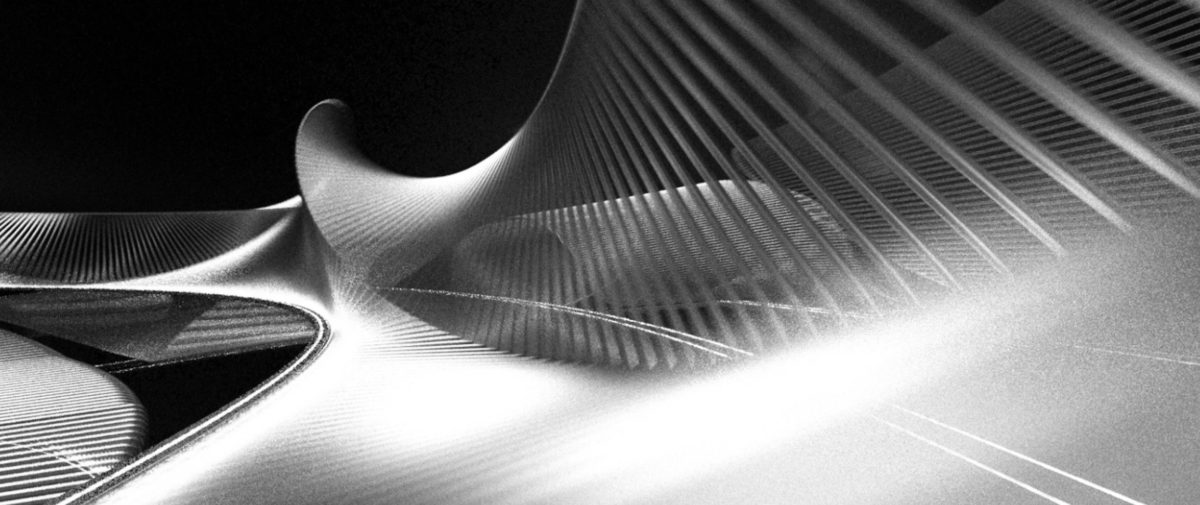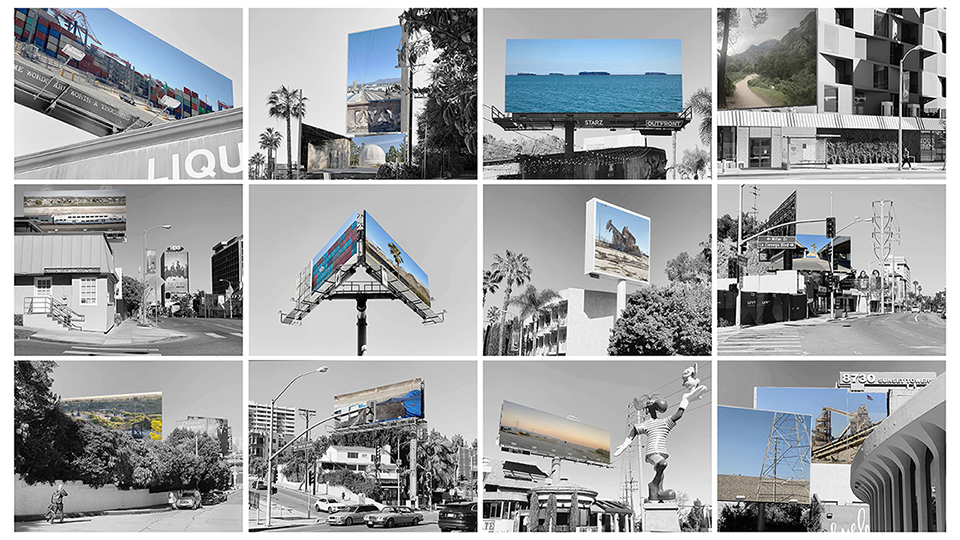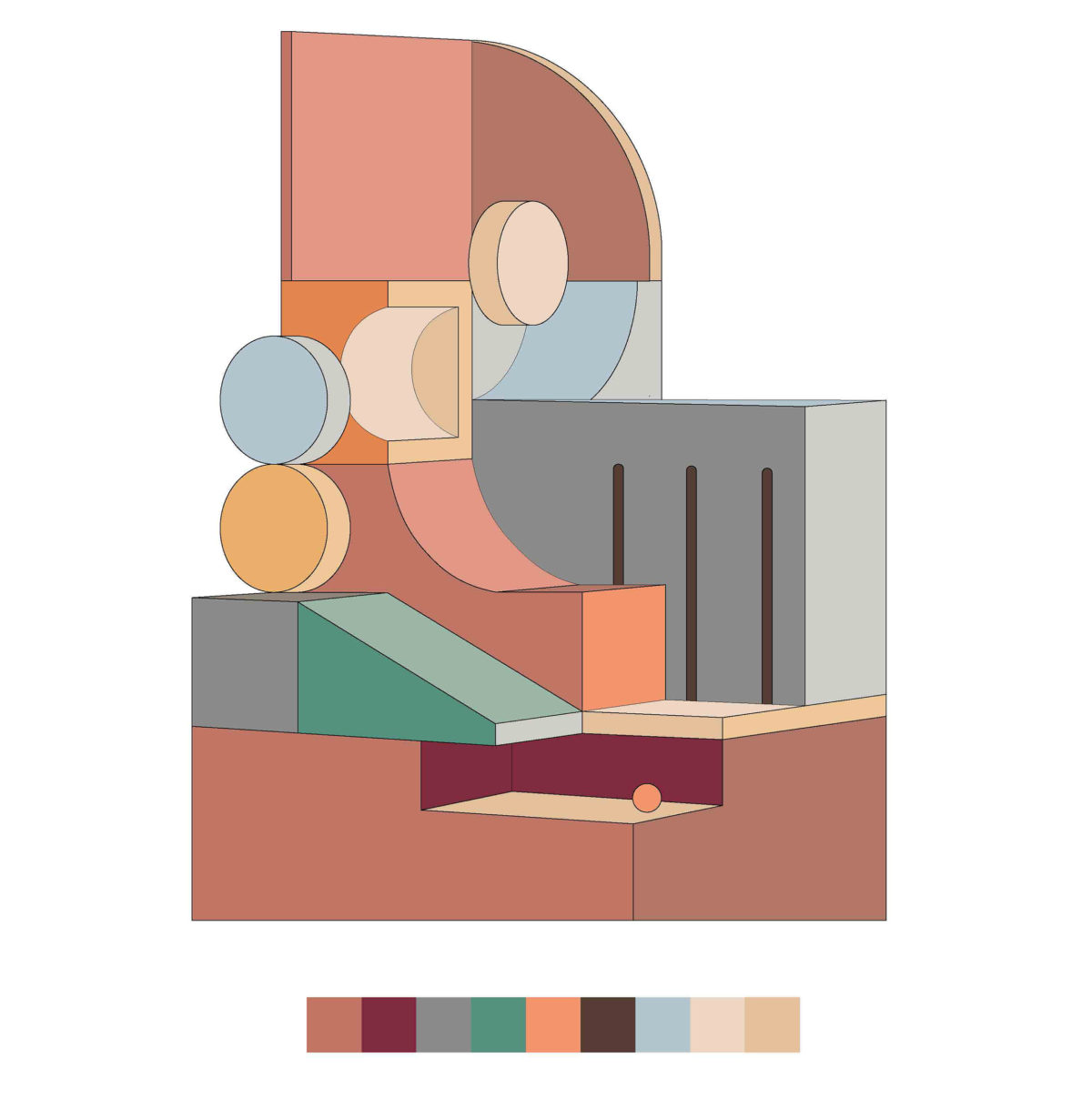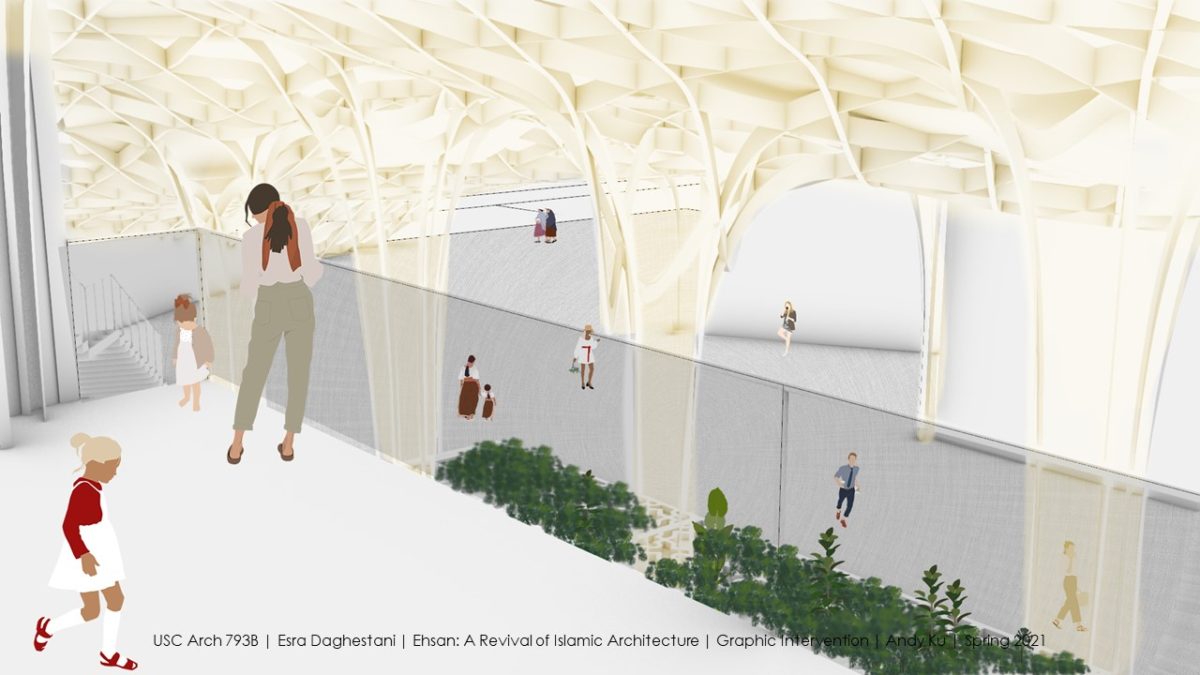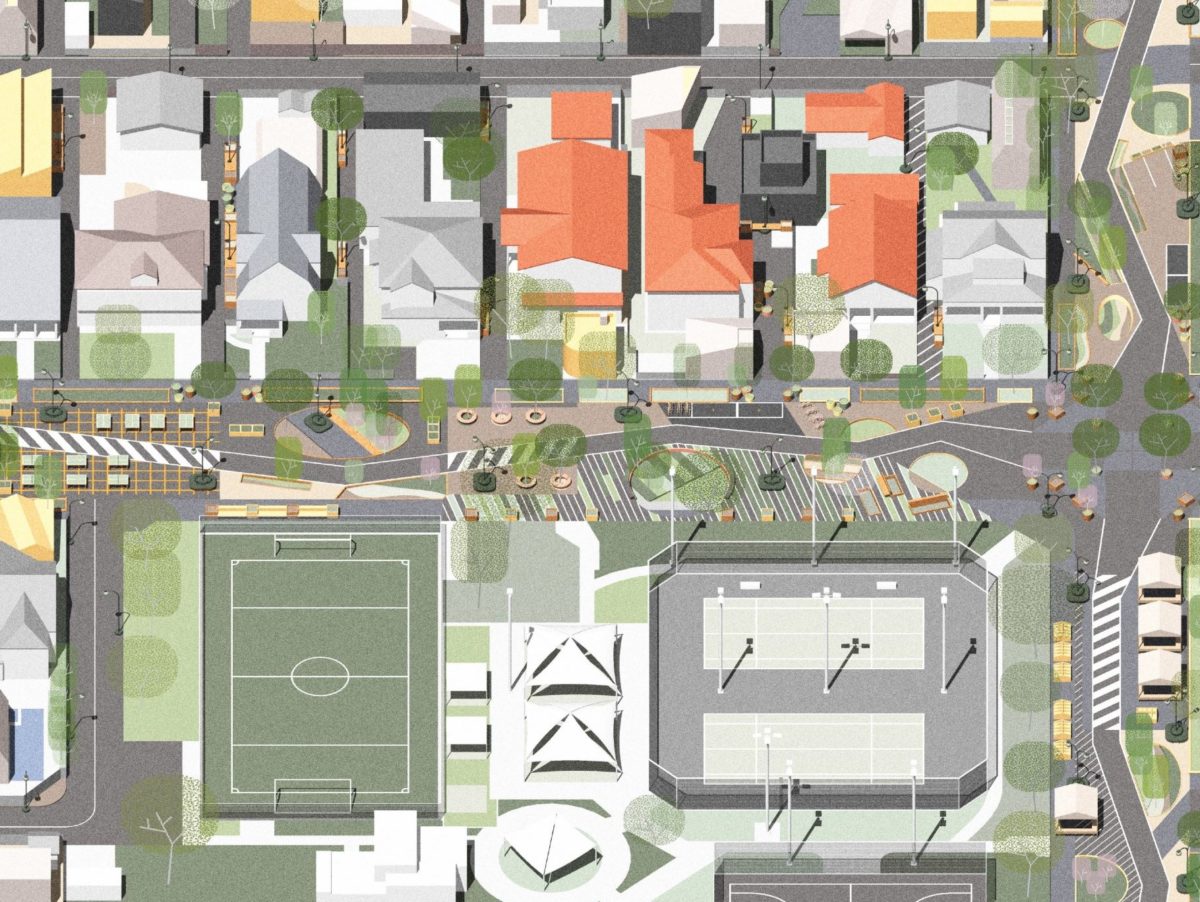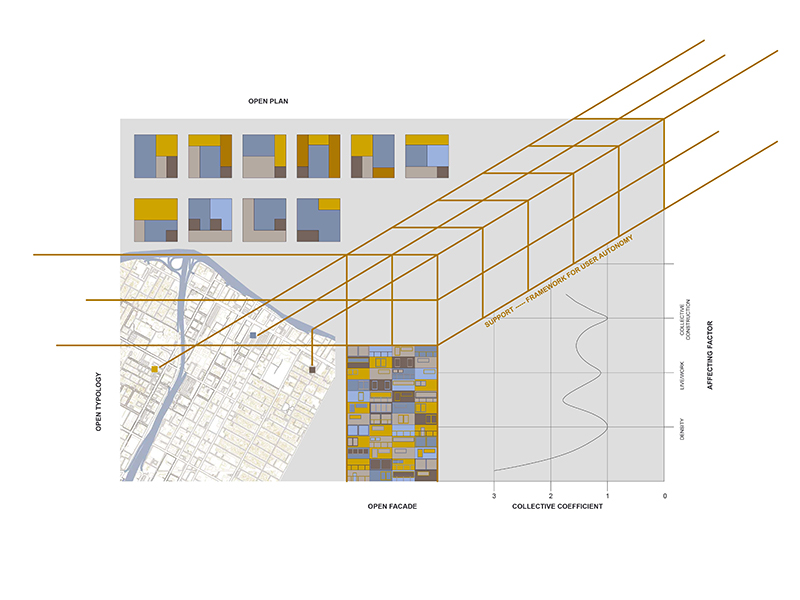Sh.tudio also known as shop + studio proposes a new form of work-life in architectural practice. Based on a typical suburban home, Sh.tudio critiques the conventional suburban house and its associated conventions as a kit of parts. This commentary forms itself into products or ideas implicating how to increase productivity in each room. These products and ideas are then sold and used in other homes blurring the function of an office, a home, store, and showroom. This blurring allows it to encapsulate multiple forms of living and working while increasing productivity and critiquing the shift of lifestyles needed in suburbia.
